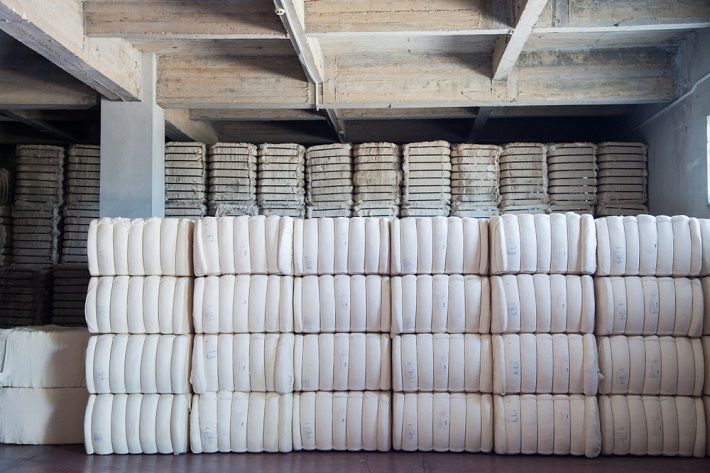
The textile industry had been demanding the removal of duty on import of cotton for several month, for which the government finally agreed and removed around 11 per cent duty in mid-April. Immediately after the removal of duty, ICE cotton recorded a sharp rise on the prospects of India’s higher import. In addition, the fear of drought in US’s Texas state also contributed to lifting of ICE cotton prices. Taking cue from global prices, domestic cotton prices in India also surged. Thus, instead of softening, cotton prices increased immediately after duty cut.
Industry associations had complained the two-month delay in arriving at the decision of import duty cut led to increase in price from ₹60,000-70,000 per candy of 356 kg to ₹95,000 per candy.
Recently, Singh told reporters that cotton prices are unlikely to soften until October when the new crop will arrive. As a result, the textile industry will have to face exorbitant cotton prices and limited supply in the global market.
Industry bodies argue that currently farmers are not getting any benefit from higher prices as multinational companies of the agriculture sector have accumulated stock of about 50-60 lakh cotton bales of 170 kg each. Future trading of cotton in domestic commodity exchanges is also responsible for upward trend in cotton. So, if the government restricts cotton export, MNCs will be forced to sell stocks in the domestic market which will lead to decline in prices.
But market sources said that at present cotton exports from India are decreasing sharply due to price disparity. Earlier, many countries like China, Vietnam, Indonesia, Malaysia and Bangladesh were importing cheaper cotton from India. But expensive Indian cotton has now become unviable for many countries. According to the Cotton Corporation of India (CCI), about 40 lakh bales of cotton was exported in the current season till the third week of March 2022.
Regarding the current exports, Gujarat based exporter Chetan Bhojani told Fibre2Fashion, “Now cotton is being exported to Bangladesh only. About 3-4 lakh bales of cotton is expected to be shipped this month. Earlier, monthly cotton export was around 5-8 lakh bales.” Bhojani said that there is possibility of psychological pressure of export ban if the government takes such a decision. Initially, cotton prices are likely to soften immediately after the ban. But deep price cut is not possible due to limited availability of cotton in the country.
According to CAI, about 50 lakh bales i.e., about 15 percent of the total crop is left with the farmers. Of this, about 10 lakh bales can arrive in the current season. CAI estimated total exports of 45 lakh bales in this season. Thus, negligible export of cotton is possible in the forthcoming months. So, there may not be a sharp downfall in cotton prices if export is banned.
Fibre2Fashion News Desk (KUL)